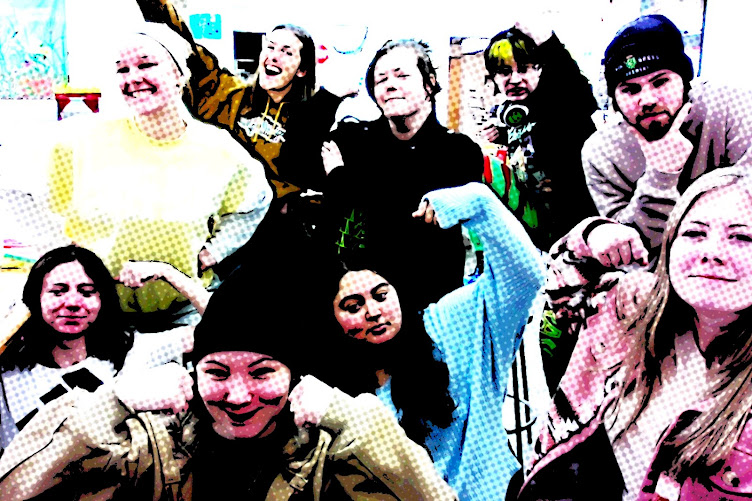Hello everyone!
Today, we are going to be writing and reflecting
on chapter 13: An Environmental Art Project for Children with At-Risk
Tendencies: The Eco-Wall of Hope. The most important concept of this
chapter was the idea of children learning empathy and compassion.
The major concept of the chapter was to realize
how important it is for children to learn and practice empathy. By developing
an art curriculum that includes a connection to empathy and compassion could
help children not to develop antisocial behaviors. Involving older students and
adults allows for children to have people to look up to. These adults and older
students become mentors and role models to these children. Creating the
Eco-Wall of Hope allowed students to pick an endangered animal and create a
tile that highlights that animal. The students collaboratively assembled the
wall for all the tiles to be displayed.
Why is it important, who benefits, and how do
you create a curriculum that allows children to develop empathy and compassion?
- Children labeled "at-risk" can be more likely to experience a lack parental support, may not be encouraged to focus on academic
success, have negative thoughts about school, could have below average social skills,
and low self esteem equating in destructive and careless behavior.
- One of the main goals for the
Eco-Wall of Hope was to help students gain empathy for one another and
also the animals they individually researched. “Ultimately, the goal of
this study was to discover and understand the nature of experiences and
the meanings attached to them by the participants, focusing on their
empathetic understanding and actions,” page 99.
- While working on the Eco-Wall
of Hope the main ideas was not just the endangered species being
studied, but also the collaboration of high school students with the
elementary students. The high school students became mentors, teachers,
and role models for the younger children.
- As art teachers it is very beneficial
to create curriculum and lessons that develop strategies and techniques to
promote empathy and compassion to prevent antisocial behaviors. Remember
that it is very important to include adults and older students because
they are able to demonstrate empathy. It is important to connect this
chapter to the intergenerational learning we learned about last chapter
because of the impact adults can have on children. Also, look back and see
how many interdisciplinary connections were made during this lesson:
Language Arts, Science, Reading, and Social Studies.
- Using Anderson’s art criticism methodology helps students realize that art can be interpreted and talked about in many different perspectives and there is no one right answer. Below is a link to Tom Anderson’s book.
Resources:
- Tom Anderson’s Using Art Criticism Strategies in Ethnographic Research
- Michelle Creel’s Eco-Wall of Hope Article
- This link is full of great information about at-risk children and what factors cause children to be at-risk. At-Risk Children
- Lee Jeffries’ Website http://leejeffries.500px.com/
- Artist who takes pictures of powerful images of homeless people to show empathy for those in need.
Since we have finished recapping chapter 13
please answer the following questions in your blog.
- After you read Chapter 13, you see that the teacher involved believes creating empathy is important. Why is this an important part of teaching? When thinking of your future classroom, what is a lesson that you could do that helps your students understand and develop empathy? Provide an overview of the project and explain how the project would help students develop empathy. Consider the Eco-Wall of Hope project that we read about.
2.
It is always important to
incorporate artists into our lesson plans. Research an artist, one whose work
relates to the topic of empathy or one whose work relates to eco-justice (like the endangered species theme). How
would you use Tom Anderson’s Art Criticism Methodology in your classroom when
talking about artists’ works?
3.
What is the definition of
at-risk children and why do we label children at-risk? How is it or is it not
benefiting teachers and students knowing their students are at-risk? Would you
want to know if any of your students are at-risk?
Activity: Empathy means placing yourself in someone else's position. Face
swap yourself with an endangered animal in order to “put yourself in that
animal’s” position. :) Have fun!
Mikayla swapped with a Panda Bear
“Art encourages creativity, emotional expression, appreciation of diversity, and social skills that enable alternative perceptions and multiple perspectives that enhance the awareness and acceptance of the difference in others” (Gardner, 1994).



No comments:
Post a Comment